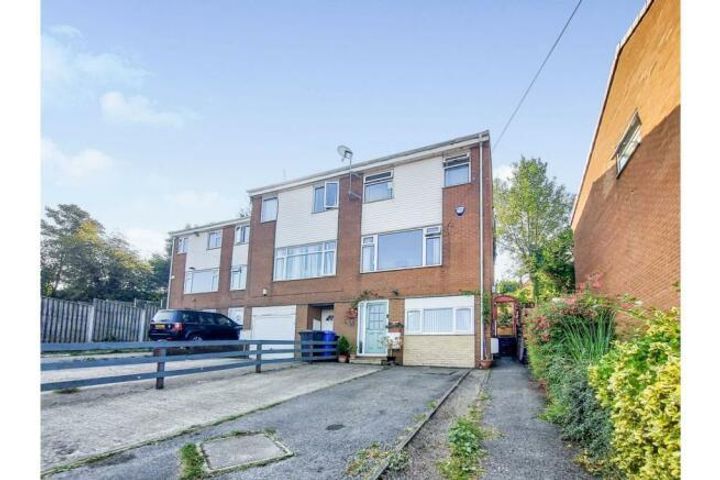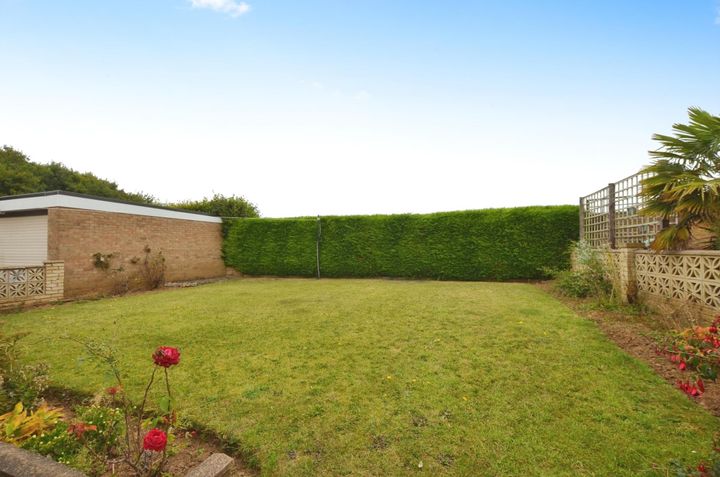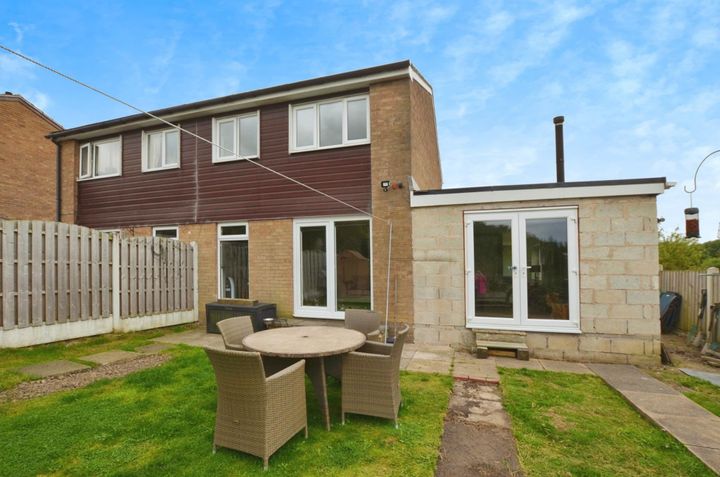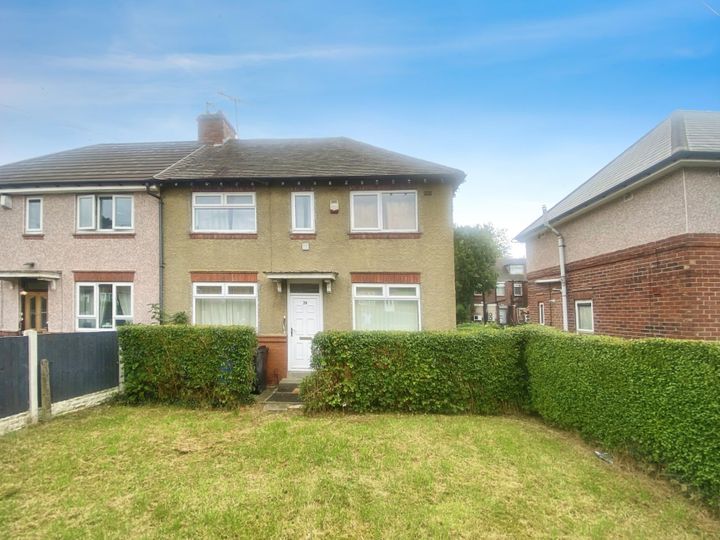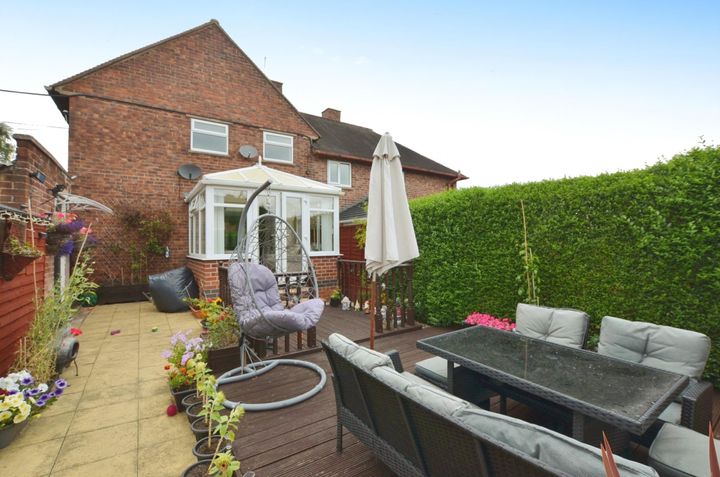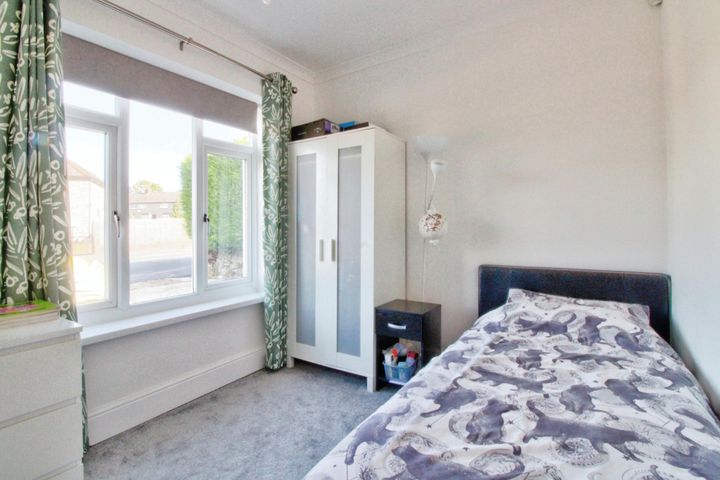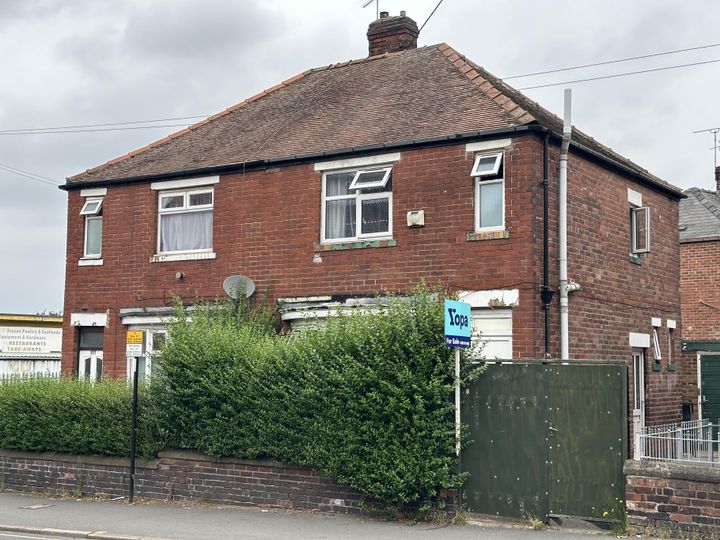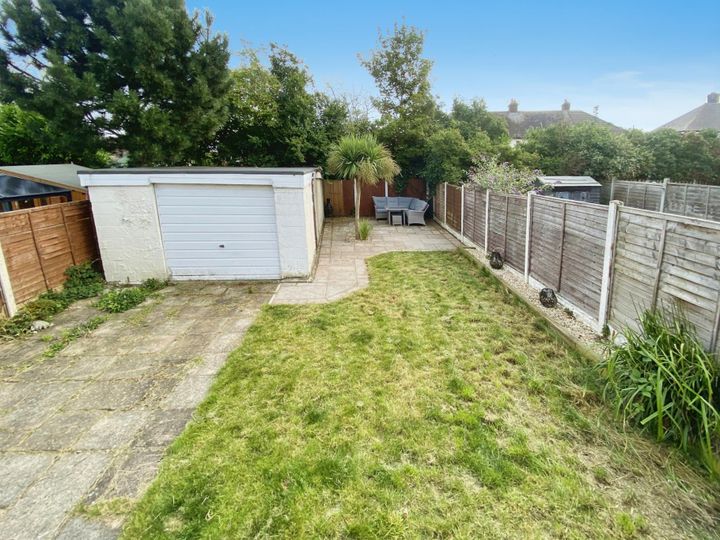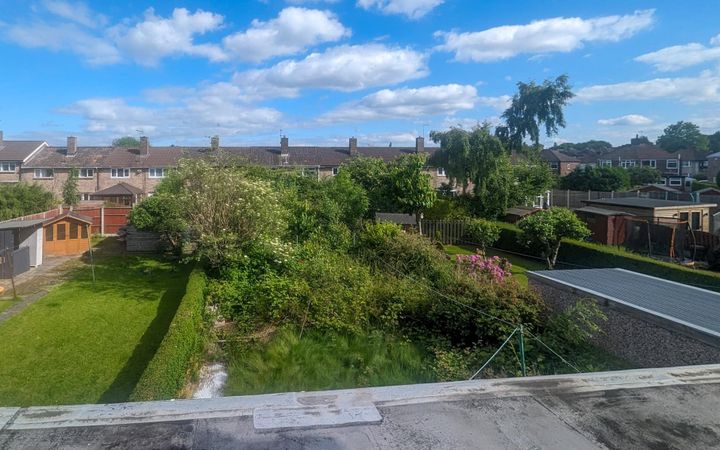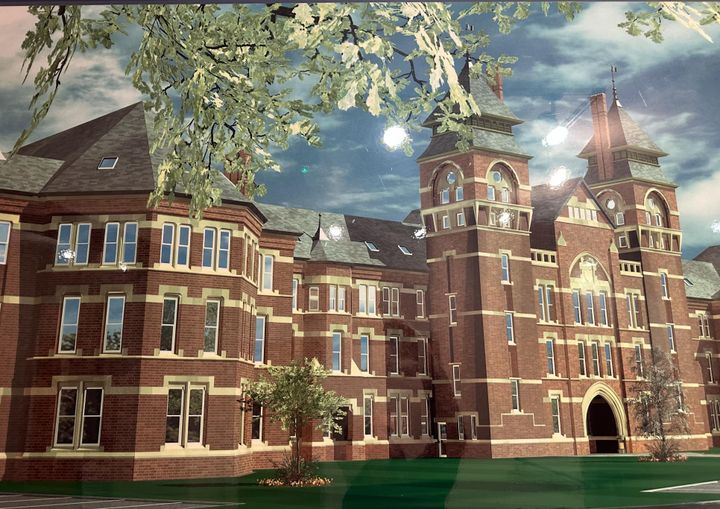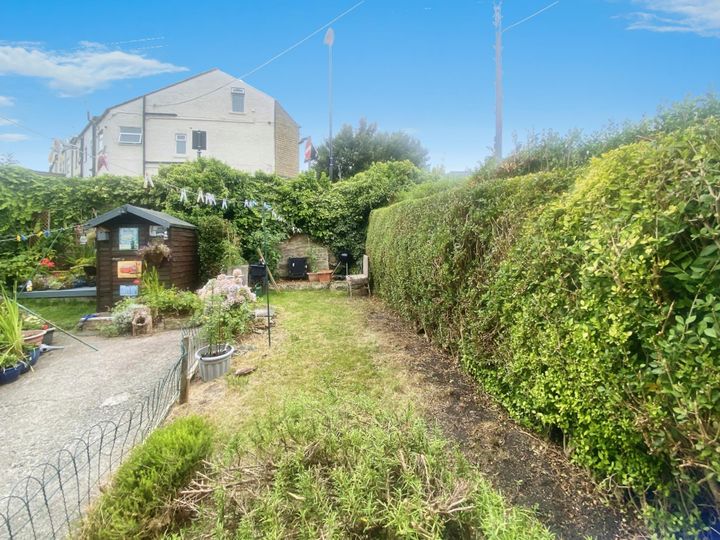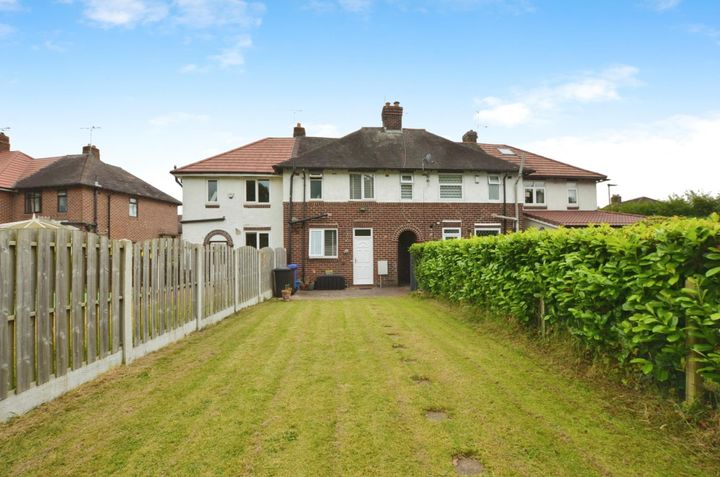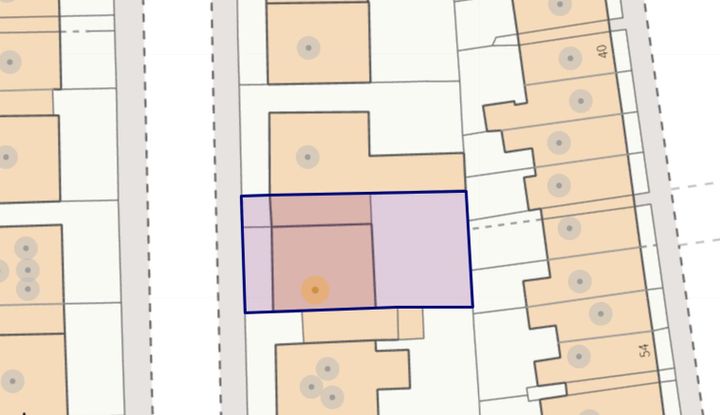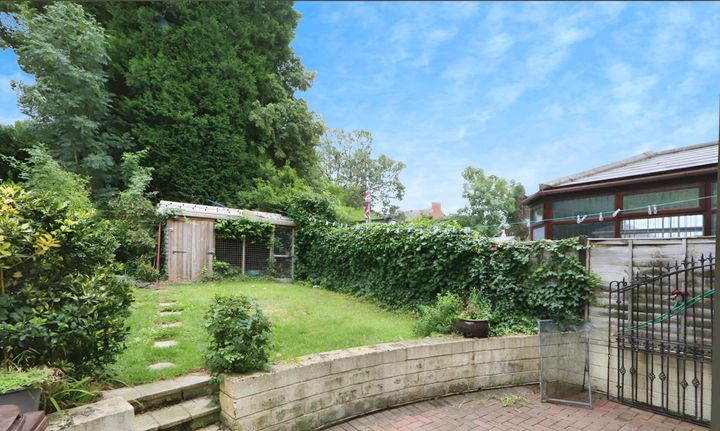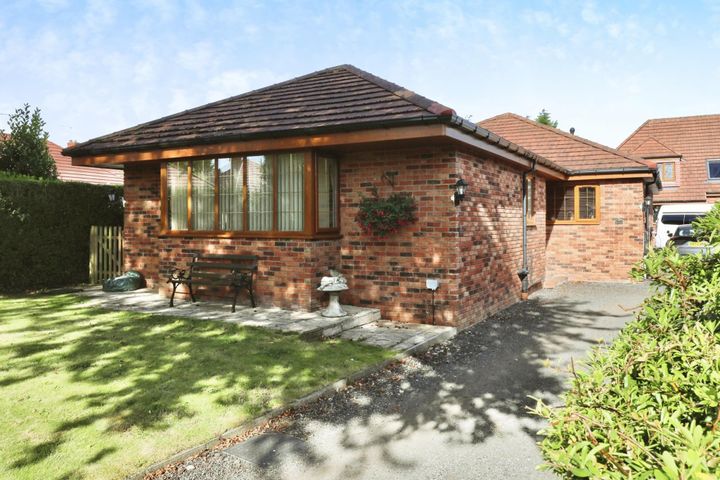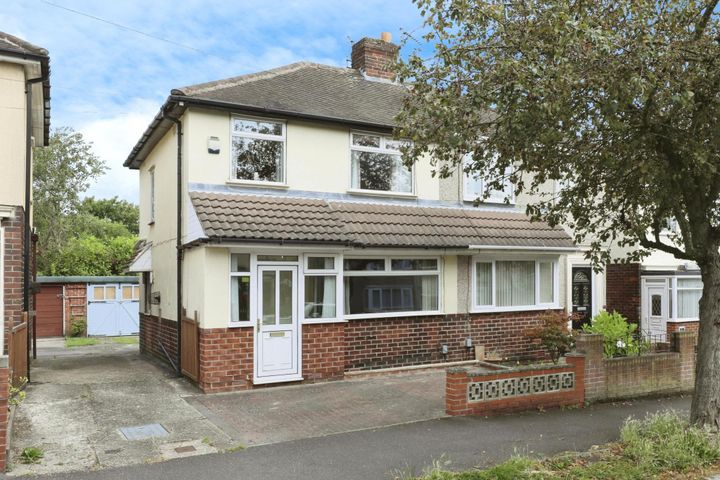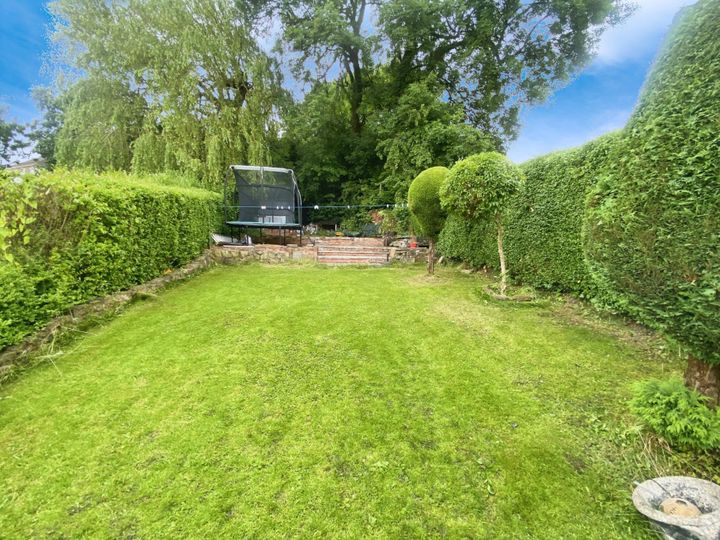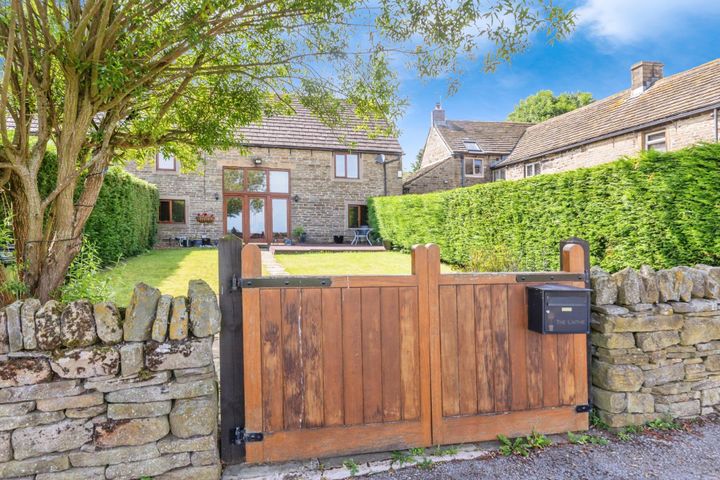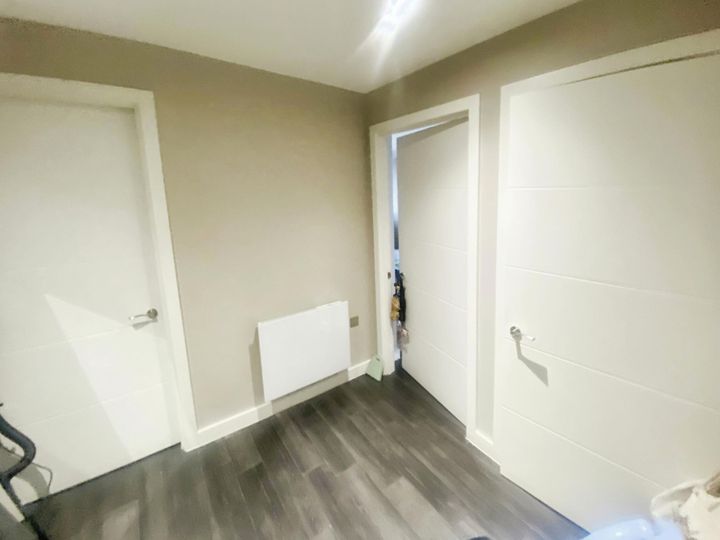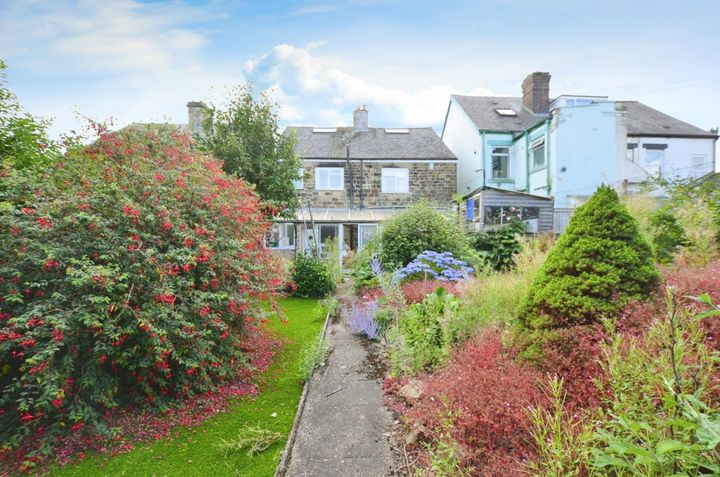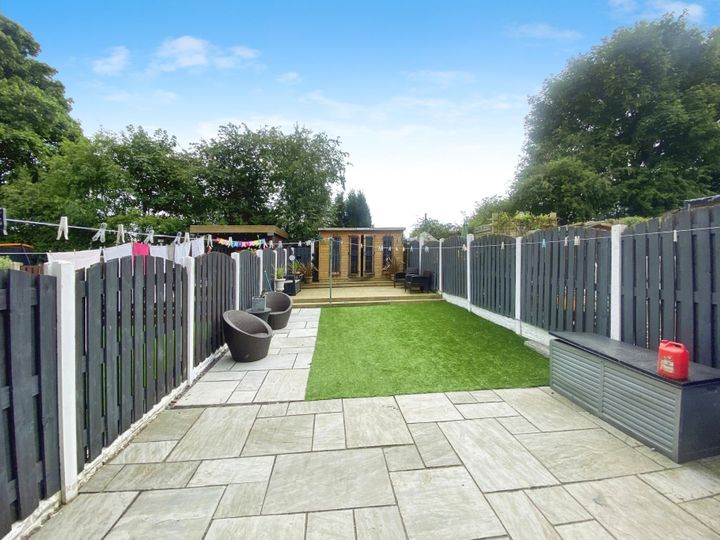Real estate prices in Sheffield are influenced by several key factors, including location, local amenities, and economic conditions. Areas such as Dronfield and Crookes, which are close to the city center with access to good schools and parks, tend to have higher property values compared to more suburban neighborhoods like Firth Park or Shiregreen. Demand also fluctuates based on significant developments, such as the regeneration of the city center and the expansion of the University of Sheffield, attracting students and professionals. Transport links, particularly the accessibility of public transport and major roadways, play a crucial role; properties near railway stations or bus routes are often more sought after. Additionally, the overall housing supply in relation to demand can lead to price variations; for instance, during periods of low inventory, competitive bidding can drive prices up.
Sheffield
Location
Price Range
Any price
Price Range
Minimum
No min
Maximum
No max
Property type
Show all
Property type
Show all
House
Apartment
Building
Other
Bedrooms
Any beds
Bedrooms
Minimum
No min
Maximum
No max
Surface Range
Any surface
Surface Range
Minimum
No min
Maximum
No max
Sale type
For sale
Sale type
Show all
To rent
For sale
Location
Apartments and houses for sale in Sheffield
83 results
Recent
Sheffield insights
| Aspect | Summary |
|---|---|
| Population | 589,100 |
| Average Property Price | £220,000 |
| Rental Yield | 6.2% |
| Average Rent | £900/month |
| Occupancy Rate | 94% |
| Capital Growth Rate | 3.5% per year |
| Property Tax | £1,500/year |
| Transaction Costs | 3% of property price |
| Expected ROI | 8.5% |
| Economic Growth Impact | Positive, with developments in tech and manufacturing sectors |
Sheffield FAQ
What factors influence real estate prices in Sheffield?
How have real estate prices in Sheffield changed over the past year?
Over the past year, real estate prices in Sheffield have seen a notable increase, driven by factors such as low mortgage rates and a continued demand for housing. For instance, according to data from property websites and local estate agents, the average house price in Sheffield rose by approximately 8% from 2022 to 2023. Areas such as S10, which includes suburbs like Nether Edge and Endcliffe, witnessed some of the steepest price hikes, with homes commanding prices upwards of £300,000, reflecting a growing interest from both families and young professionals. Additionally, properties in more affordable areas like S6 also experienced growth, with prices averaging around £200,000, attracting first-time buyers. The student market has remained robust, driving rental prices up in districts close to universities, further impacting the overall property landscape in Sheffield.
What are the average home prices in Sheffield?
Average home prices in Sheffield vary significantly depending on the neighborhood and property type. As of late 2023, the overall average price for residential properties in Sheffield is around £220,000. In more desirable areas like Nether Edge and Crookes, prices can reach approximately £300,000 or more for family-sized homes. In contrast, more affordable neighborhoods such as Darnall and Crystal Peaks see average prices closer to £150,000. Additionally, City Centre apartments typically range from £150,000 to £250,000 depending on facilities and views, while larger homes in suburbs like Fulwood can exceed £350,000. Detached houses generally attract higher prices, often hovering around £400,000 in sought-after areas.
Are property prices in Sheffield higher in certain neighborhoods?
Property prices in Sheffield indeed vary significantly across different neighborhoods, reflecting the diverse characteristics and amenities each area offers. For example, neighborhoods like Fulwood and Greenhill tend to attract higher prices due to their proximity to open green spaces, good schools, and a reputation for being family-friendly. In contrast, areas like Burngreave and Dashwood tend to have lower average property prices, influenced by factors such as socio-economic conditions and access to public services. Central locations like the city center and Ecclesall Road also see heightened property values, fueled by demand for urban living, proximity to amenities, and cultural attractions. Another interesting case is the regeneration efforts in places like Kelham Island and St. Vincent's, which have seen a rise in property prices as these areas transform into trendy hotspots filled with restaurants and bars.
How do Sheffield's real estate prices compare to nearby cities?
Sheffield's real estate prices tend to be more affordable compared to nearby cities like Manchester and Leeds. As of late 2023, the average house price in Sheffield hovers around £225,000, while in Manchester, it reaches approximately £290,000, reflecting a notable difference. Leeds, similar to Manchester, has average prices around £270,000. Areas within Sheffield, such as Crookes and Walkley, offer competitive values, where buyers can find properties at lower price points than in the more central, urban areas of Manchester. Furthermore, Sheffield's housing market has shown stability with gradual price increases, in contrast to the more volatile markets of its neighboring cities, where prices can fluctuate more dramatically due to demand from investors and professionals. Differences in lifestyle, amenities, and overall demand contribute to these price disparities, with Sheffield providing a quieter, more suburban feel compared to the bustling environments of Manchester and Leeds.
What is the forecast for real estate prices in Sheffield in the next few years?
The forecast for real estate prices in Sheffield over the next few years suggests a gradual increase, driven by factors such as demand for housing, ongoing infrastructure developments, and economic growth in the region. According to recent reports, average property prices in Sheffield are expected to rise by approximately 3-5% annually, largely due to the city's growing appeal among young professionals and families. The completion of projects like the Sheffield Retail Quarter and significant investment in public transport, including improvements to tram and bus services, is likely to enhance the attractiveness of certain neighborhoods, particularly in the city center and suburbs such as Crookes and Ecclesall. Additionally, the University of Sheffield and Sheffield Hallam University continue to bring a steady influx of students, which further supports the rental market. Areas like Kelham Island, once industrial, are now transforming into trendy residential spaces, reflecting the ongoing urban regeneration efforts.
How do property features affect prices in Sheffield?
Property features have a significant impact on real estate prices in Sheffield, influenced by factors such as location, size, and condition. For instance, properties located in desirable areas like Abbeydale or Banner Cross tend to command higher prices due to their proximity to good schools, parks, and local amenities. A three-bedroom semi-detached house in these neighborhoods can sell for around £250,000 or more, while similar properties in less sought-after regions like Rotherham may be priced substantially lower. Additionally, features like off-street parking, modern kitchens, and energy-efficient installations can further elevate a property's market value. For example, a recently renovated flat in the city center equipped with high-end fixtures may attract buyers willing to pay a premium compared to an older, unrefurbished unit. The presence of outdoor space, particularly gardens or balconies, also plays a role; homes with these features often see increased demand among families and professionals looking for more living space.


